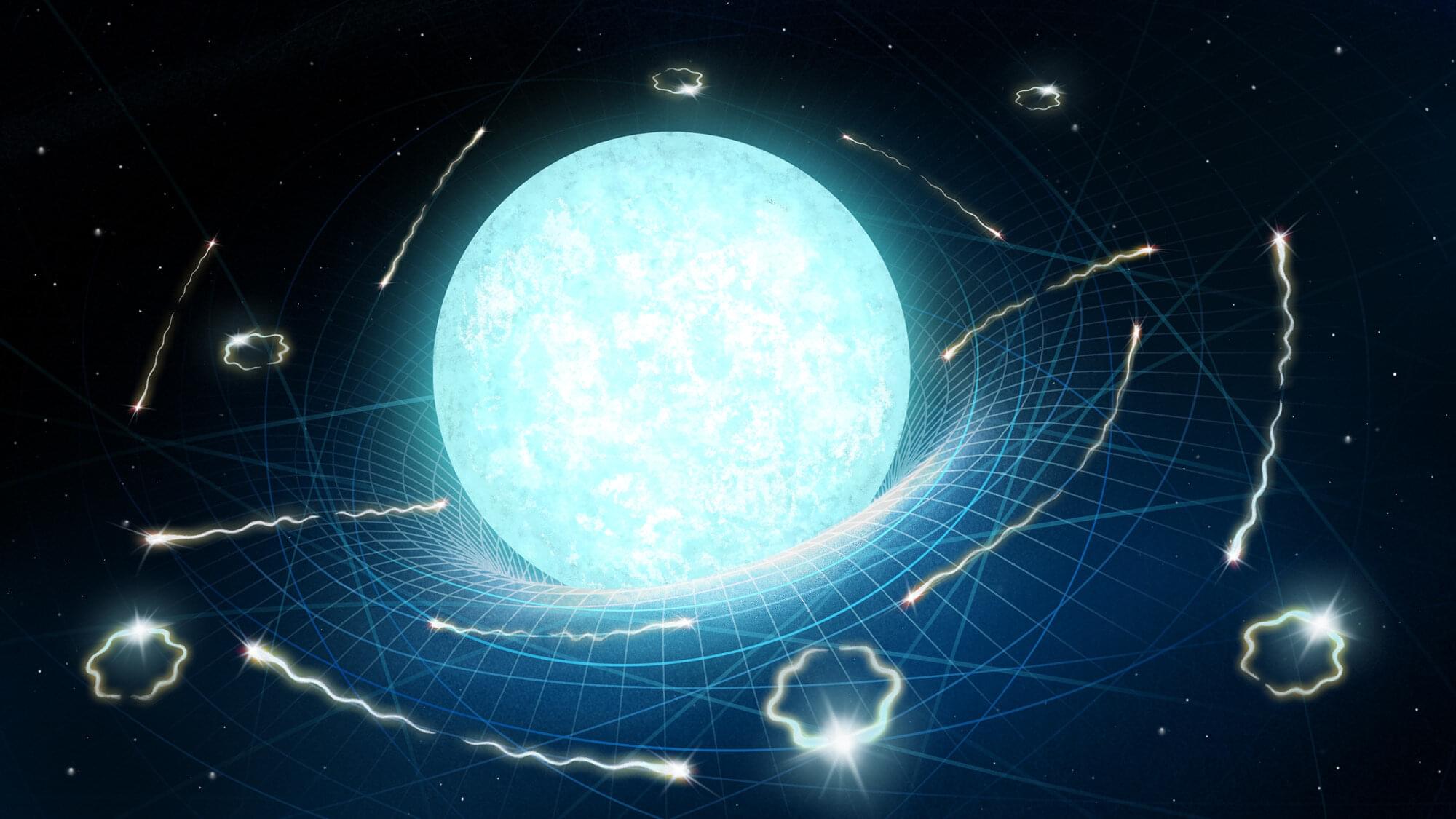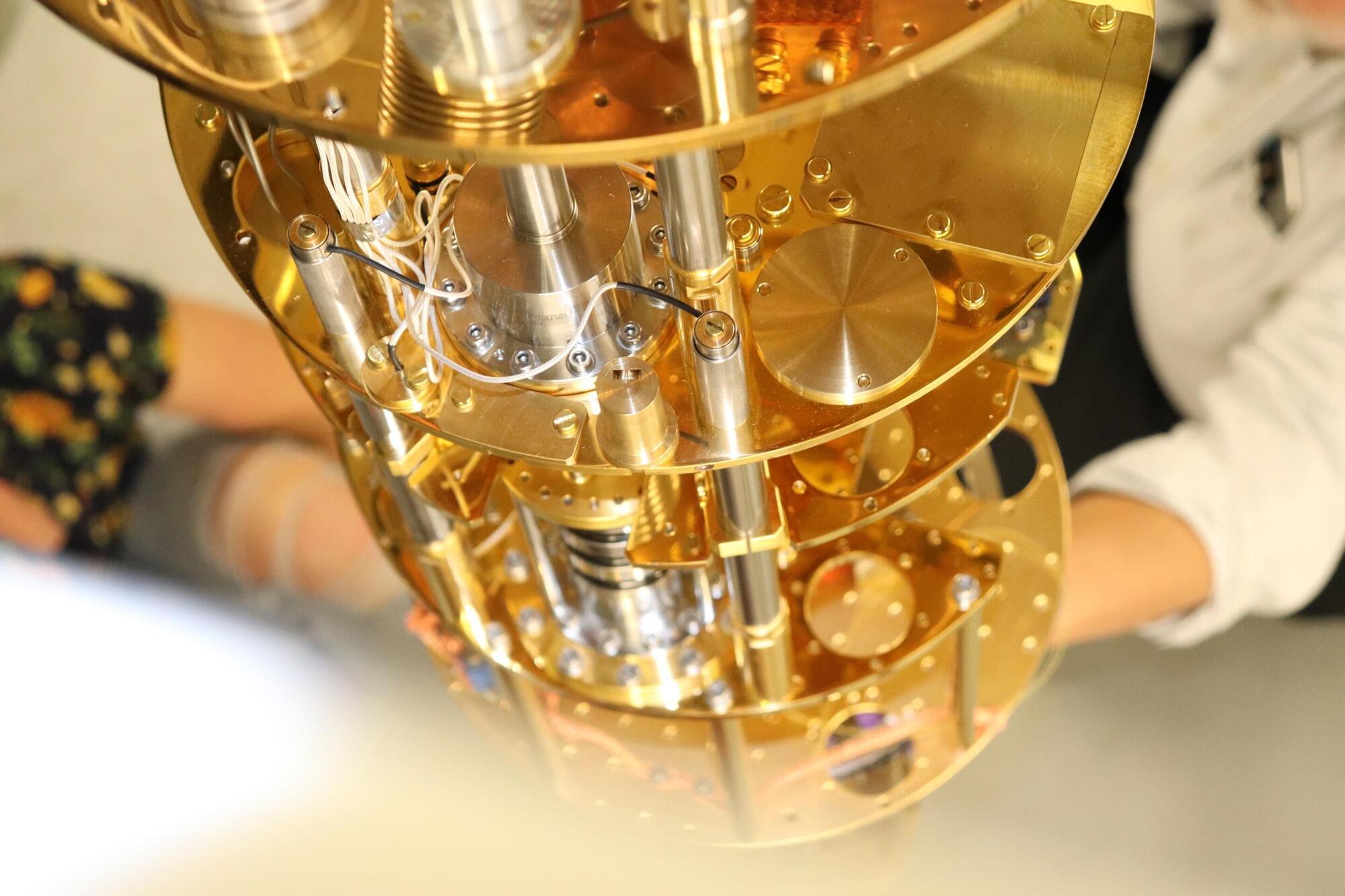We discuss Michael Levin’s paper “Self-Improvising Memory: A Perspective on Memories as Agential, Dynamically Reinterpreting Cognitive Glue.” Levin is a scientist at Tufts University, his lab studies anatomical and behavioral decision-making across biological, artificial, and hybrid systems. His work spans developmental biology, artificial life, bioengineering, synthetic morphology, and cognitive science. 🎥 Next, watch my first interview with Michael Levin… What are Cognitive Light Cones? • What are Cognitive Light Cones? (Mich… ❶ Memories as Agents 0:00 Introduction 1:40 2024 Highlights from Levin Lab 3:20 Stress sharing paper summary 6:15 Paradox of change: Species persist don’t evolve 7:20 Bow-tie architectures 10:00 🔥 Memories as messages from your past self 12:50 Polycomputing 16:45 Confabulation 17:55 What evidence supports the idea that memories are agential? 22:00 Thought experiment: Entities from earth’s core ❷ Information Patterns 31:30 Memory is not a filing cabinet 32:30 Are information patterns agential? 35:00 🔥 Caterpillar/butterfly… sea slug memory transfer 37:40 Bow-tie architectures are EVERYWHERE 43:20 Bottlenecks “scary” for information ❸ Connections & Implications 45:30 🔥 Black holes/white holes as bow-ties (Lee Smolin) 47:20 What is confabulation? AI hallucinations 52:30 Gregg Henriques & self-justifying apes… all good agents storytellers 54:20 Information telling stories… Joseph Campbell’s journey for a single cell 1:00:50 What comes next? 🚾 Works Cited 🚩 Self-Improvising Memory: A Perspective on Memories as Agential, Dynamically Reinterpreting Cognitive Glue https://www.mdpi.com/1099-4300/26/6/481 https://thoughtforms.life/suti-the-se… our way to health with robot cells | Michael Levin (Big Think 2023)
• Biohacking our way to health with rob… https://peregrinecr.com/ 🚀 What is this channel? Exploring Truth in philosophy, science, & art. We’ll uncover concepts from psychology, mythology, spirituality, literature, media, and more. If you like Lex Fridman or Curt Jaimungal, you’ll love this educational channel. p.s. Please subscribe! Young channel here. =) #science #memory #biology #computing #mind #intelligence #attractor #polycomputing #bioelectric #cybernetics #research #life
Category: cosmology – Page 11

Universe expected to decay in 10⁷⁸ years, much sooner than previously thought
The universe is decaying much faster than thought. This is shown by calculations of three Dutch scientists on the so-called Hawking radiation. They calculate that the last stellar remnants take about 1078 years to perish. That is much shorter than the previously postulated 101100 years.
The researchers have published their findings in the Journal of Cosmology and Astroparticle Physics.
The research by black hole expert Heino Falcke, quantum physicist Michael Wondrak, and mathematician Walter van Suijlekom (all from Radboud University, Nijmegen, the Netherlands) is a follow-up to a 2023 paper by the same trio.

Black hole evaporation: Theoretical study proves Stephen Hawking partially correct
New theoretical research by Michael Wondrak, Walter van Suijlekom and Heino Falcke of Radboud University has shown that Stephen Hawking was right about black holes, although not completely. Due to Hawking radiation, black holes will eventually evaporate, but the event horizon is not as crucial as had been believed. Gravity and the curvature of spacetime cause this radiation too. This means that all large objects in the universe, like the remnants of stars, will eventually evaporate.
Using a clever combination of quantum physics and Einstein’s theory of gravity, Stephen Hawking argued that the spontaneous creation and annihilation of pairs of particles must occur near the event horizon (the point beyond which there is no escape from the gravitational force of a black hole).
A particle and its anti-particle are created very briefly from the quantum field, after which they immediately annihilate. But sometimes a particle falls into the black hole, and then the other particle can escape: Hawking radiation. According to Hawking, this would eventually result in the evaporation of black holes.

Results of the HAYSTAC Phase II search for dark matter axions
Axions, hypothetical subatomic particles that were first proposed by theoretical physicists in the late 1970s, remain among the most promising dark matter candidates. Physics theories suggest that the interactions between these particles and regular matter are extremely weak, which makes them very difficult to detect using conventional experimental set-ups.
The HAYSTAC (Haloscope at Yale Sensitive to Axion Cold Dark Matter) experiment is a research collaboration between Yale, Berkeley and Johns Hopkins, aimed at detecting axions by searching for the small electromagnetic signals that they could produce within a strong magnetic field.
In a recent paper published in Physical Review Letters, the HAYSTAC collaboration has reported the results of the broadest search for axions performed to date, utilizing a technique known as quantum squeezing, which is designed to reduce quantum noise (i.e., random fluctuations that adversely affect their haloscope’s measurements).

A Pulsed Magnetometer Beats a Steady One
An atomic magnetometer uses lasers and a gas of atoms, such as rubidium, to detect magnetic fields. The atoms behave like tiny magnetic compasses, with their spins moving in response to magnetic forces. Using two atomic species—in so-called comagnetometers—boosts performance and opens the possibility of detecting exotic spin interactions predicted in theories that go beyond the standard model of particle physics (see Viewpoint: Spin Gyroscope is Ready to Look for New Physics). Now a new design using a pulsed laser rather than a continuous-laser beam has the potential to improve performance even further [1].
Atomic magnetometry requires two light beams: a pump beam that aligns the atomic spins in a certain direction and a probe beam that detects the movement of those spins relative to that alignment direction. With a single species of atoms, one can measure the local magnetic field. With two species of atoms, one can cancel the magnetic-field signal and other background effects and search for possible spin-dependent signals from dark matter or from other hypothetical particles.
Jingyao Wang from Princeton University and her colleagues have developed a comagnetometer based on a bell-shaped vapor cell filled with rubidium and neon atoms. By applying their pump laser in a repeating pulse pattern (on for 6 ms, off for 20 ms), the researchers can make spin measurements “in the dark” and avoid the noise of the laser. With further improvements, the team predicts its comagnetometer will be 4 times more sensitive than current continuous-laser comagnetometers to potential signals from axions or from other hypothetical particles.

Are We Wrong About Black Holes? A Radical Theory Challenges Einstein
During that meeting, three main black hole models were outlined: the standard black hole predicted by classical general relativity, with both a singularity and an event horizon; the regular black hole, which eliminates the singularity but retains the horizon; and the black hole mimicker, which reproduces the external features of a black hole but has neither a singularity nor an event horizon.
The paper also describes how regular black holes and mimickers might form, how they could possibly transform into one another, and, most importantly, what kind of observational tests might one day distinguish them from standard black holes.
While the observations collected so far have been groundbreaking, they don’t tell us everything. Since 2015, we’ve detected gravitational waves from black hole mergers and obtained images of the shadows of two black holes: M87* and Sagittarius A*. But these observations focus only on the outside — they provide no insight into whether a singularity lies at the center.

Results of the first search for dark photons using a MADMAX prototype
While many research groups worldwide have been searching for dark matter over the past decades, detecting it has so far proved very challenging, thus very little is known about its possible composition and physical properties. Two promising dark matter candidates (i.e., hypothetical particles that dark matter could be made of) are axions and dark photons.
The MAgnetized Disk and Mirror Axion eXperiment (MADMAX) is a large research effort aimed at detecting axions or dark photons using a sophisticated instrument comprised of a stack of sapphire disks and a reflective mirror. In a recent paper published in Physical Review Letters, the MADMAX collaboration published the results of the first search for dark photons performed using a prototype of their detector.
“The primary goal of MADMAX is to detect dark matter in the form of axions or dark photons,” Jacob Mathias Egge, first author of the paper, told Phys.org. “These two hypothetical particles are popular candidates for what dark matter might consist of. In our recent paper, we describe the results of a search for dark photons using a small-scale prototype.”

Loop quantum cosmology may explain smoothness of cosmic microwave background
Repulsive gravity at the quantum scale would have flattened out inhomogeneities in the early universe.
In classical physics, gravity is universally attractive. At the quantum level, however, this may not always be the case. If vast quantities of matter are present within an infinitesimally small volume – at the centre of a black hole, for example, or during the very earliest moments of the universe – spacetime becomes curved at scales that approach the Planck length. This is the fundamental quantum unit of distance, and is around 1020 times smaller than a proton.
In these extremely curved regions, the classical theory of gravity – Einstein’s general theory of relativity – breaks down. However, research on loop quantum cosmology offers a possible solution. It suggests that gravity, in effect, becomes repulsive. Consequently, loop quantum cosmology predicts that our present universe began in a so-called “cosmic bounce”, rather than the Big Bang singularity predicted by general relativity.
Is Gravity the Hidden Key to Quantum Physics?
Leading physicist Raphael Bousso joins Brian Greene to explore the almost unreasonable capacity of our theories of gravity to give deep insights into quantum physics.
This program is part of the Big Ideas series, supported by the John Templeton Foundation.
Participant: Raphael Bousso.
Moderator: Brian Greene.
0:00:00 — Introduction.
00:01:12 Are there any cracks in Quantum Mechanics?
00:03:18 Bousso’s Case for Measurement-Driven Physics.
00:06:00 Does Quantum Mechanics Describe Reality?
00:09:37 How Decoherence Hides Quantum Weirdness.
00:15:05 Difference between Quantum and Classical Mechanics.
00:17:50 What Would Einstein Think of Modern Quantum Theory?
00:21:19 Entanglement’s Place in the Weird World of Quantum Theory.
00:26:45 Bousso’s Intuition for How Entanglement Works.
00:29:12 Einstein’s EPR Worries — What Do We Make of Them Now?
00:33:22 What Is a Singularity in a Black Hole?
00:38:06 How Oppenheimer and Snyder Modeled a Collapsing Star.
00:44:27 Insights Into Hawking Radiation — When Black Holes Began to Evaporate.
00:55:24 Gravity’s Quantum Secrets.
01:01:16 What Does Holography Say About Reality?
01:04:28 Rethinking How We Talk About Unification.
01:08:48 Bousso & Wall: The Quantum Focusing Conjecture.
01:14:33 From Theory to Test: Holography Gets Real.
01:19:34 The Value of String Theory Beyond Being ‘Right’
01:22:06 Penrose and the Proof That Singularities Are Real.
01:28:02 Hawking’s Theorem and the Rise of Singularities.
01:32:41 Is Gravity the Missing Piece in Quantum Theory?
01:39:07 How Bousso and Polchinski Rethought the Cosmological Constant.
01:51:10 Will the Universe Ever Give Up This Secret?
01:53:31 Credits.
VISIT our Website: http://www.worldsciencefestival.com.
FOLLOW us on Social Media:
Facebook: / worldsciencefestival.
Twitter: / worldscifest.
Instagram: / worldscifest.
TikTok: / worldscifest.
LinkedIn: / world-science-festival.
#worldsciencefestival #briangreene #gravity #astrophysics #quantumgravity #quantumphysics

MIT Achieves Critical Breakthrough That Brings Quantum Computing Closer to Practical Reality
For years, quantum computing has been the tech world’s version of “almost there”. But now, engineers at MIT have pulled off something that might change the game. They’ve made a critical leap in quantum error correction, bringing us one step closer to reliable, real-world quantum computers.
In a traditional computer, everything runs on bits —zeroes and ones that flip on and off like tiny digital switches. Quantum computers, on the other hand, use qubits. These are bizarre little things that can be both 0 and 1 at the same time, thanks to a quantum property called superposition. They’re also capable of entanglement, meaning one qubit can instantly influence another, even at a distance.
All this weirdness gives quantum computers enormous potential power. They could solve problems in seconds that might take today’s fastest supercomputers years. Think of it like having thousands of parallel universes doing your math homework at once. But there’s a catch.